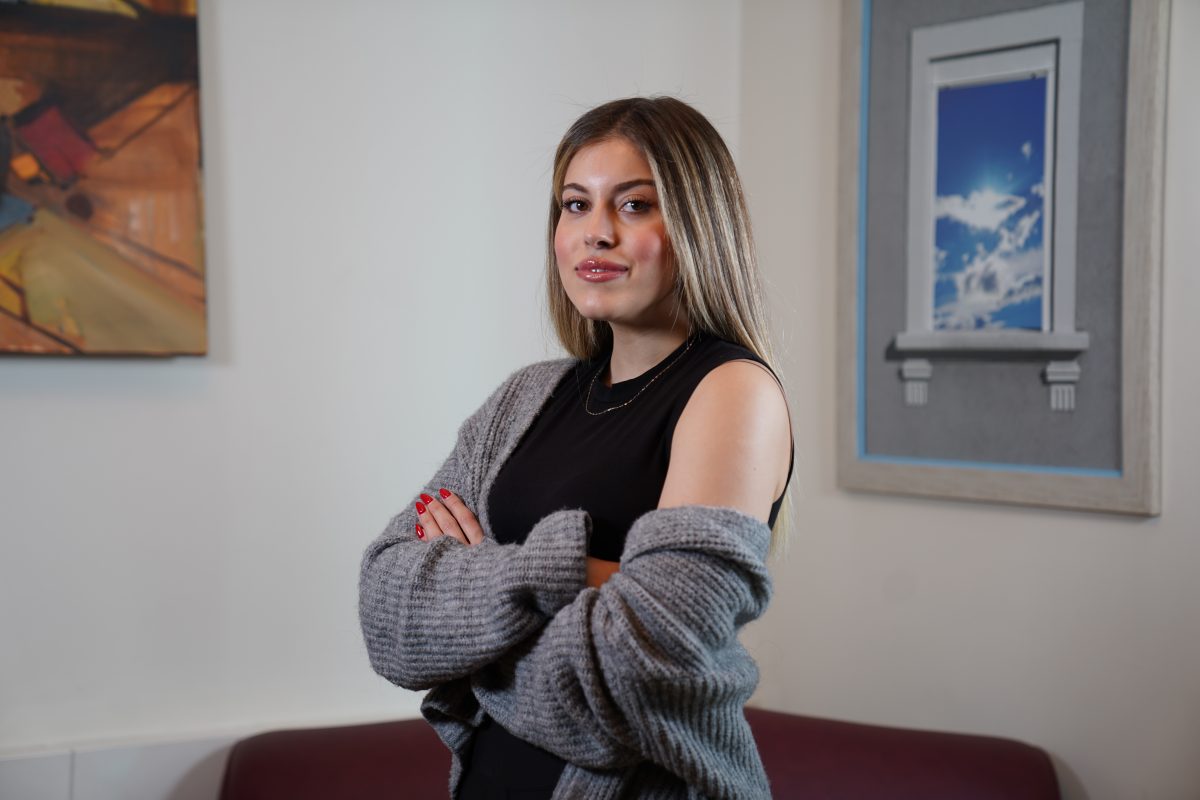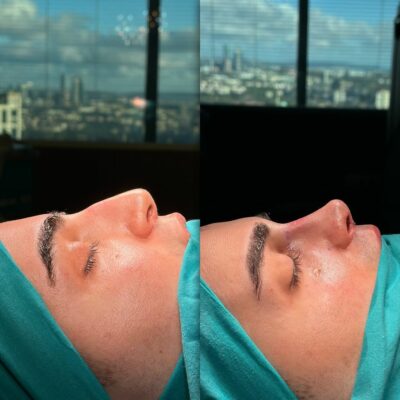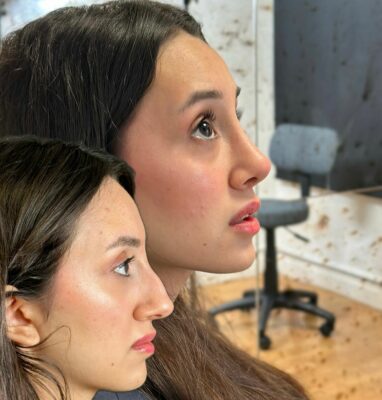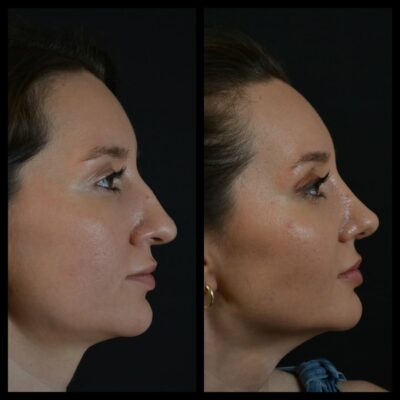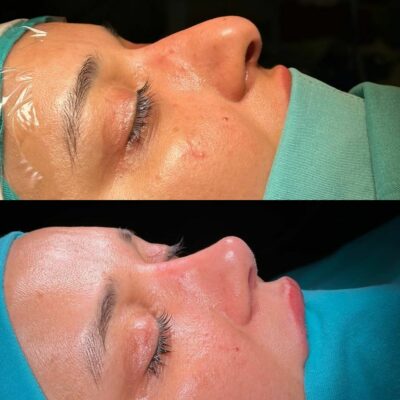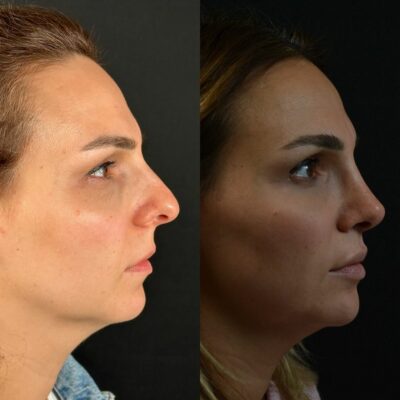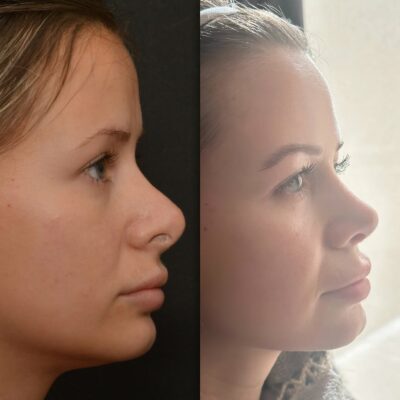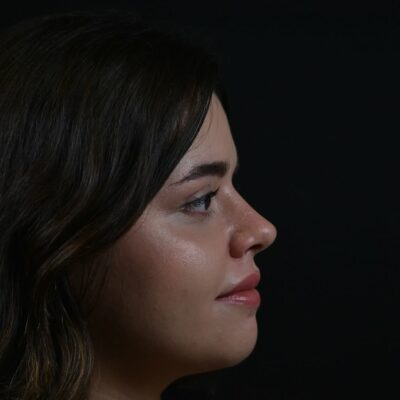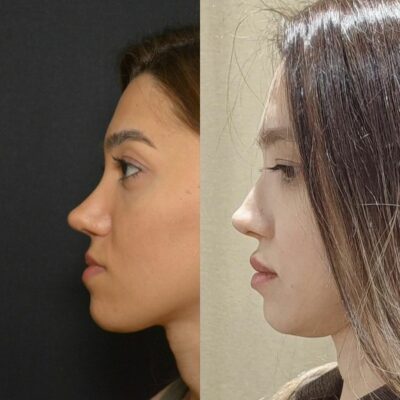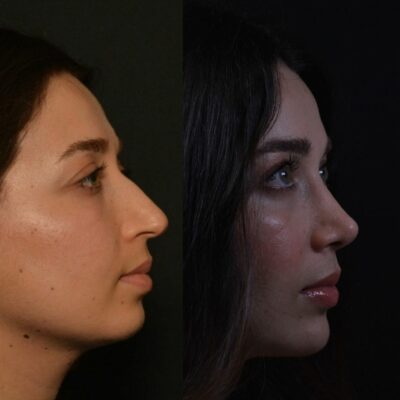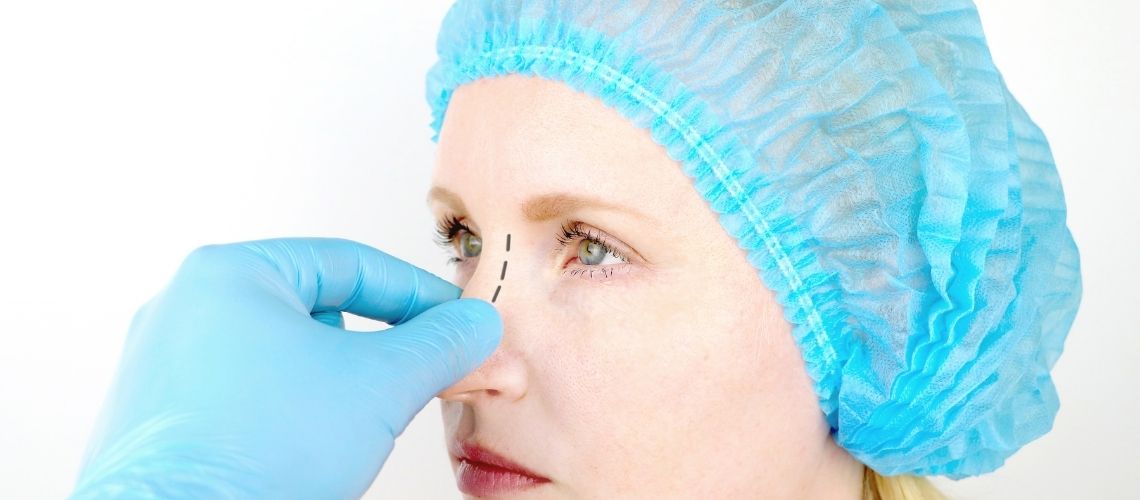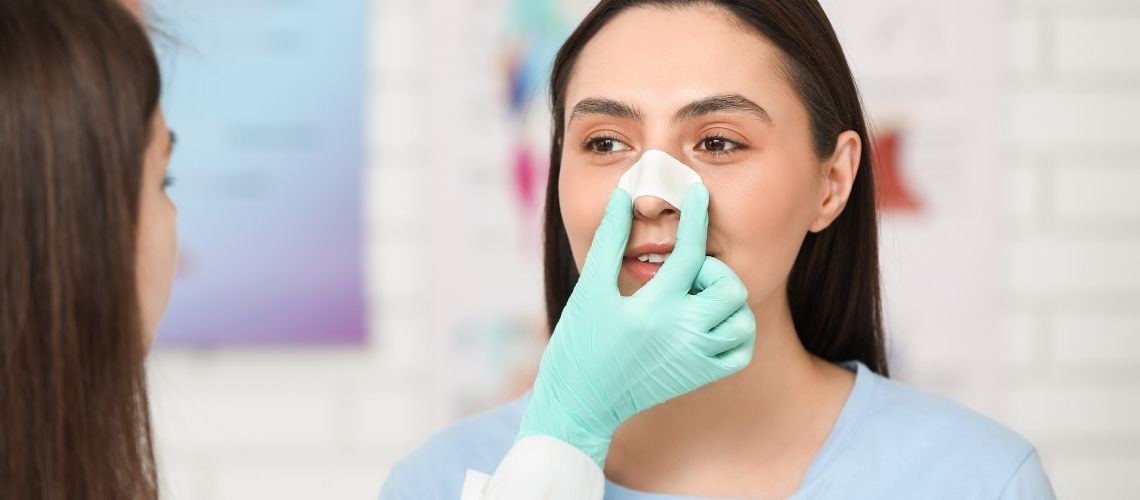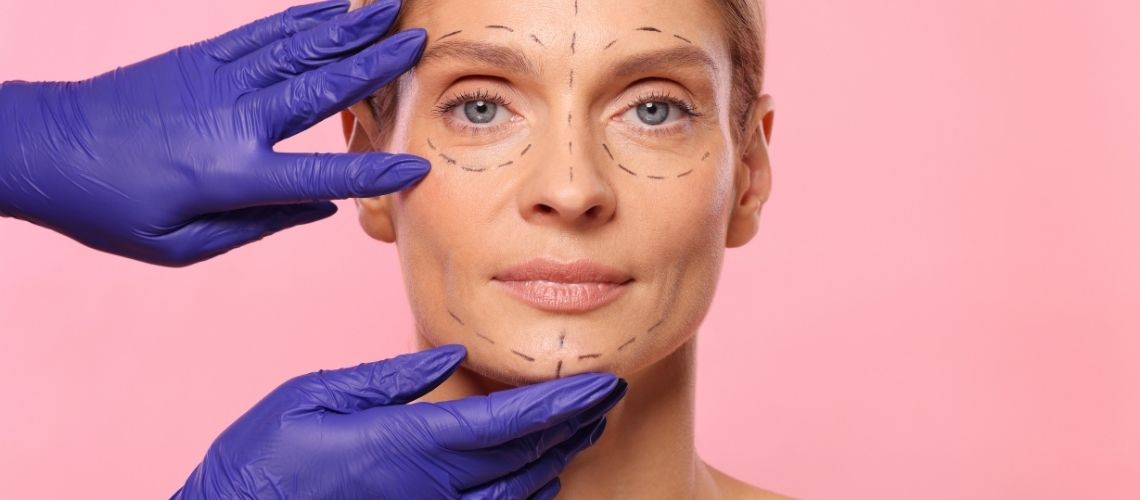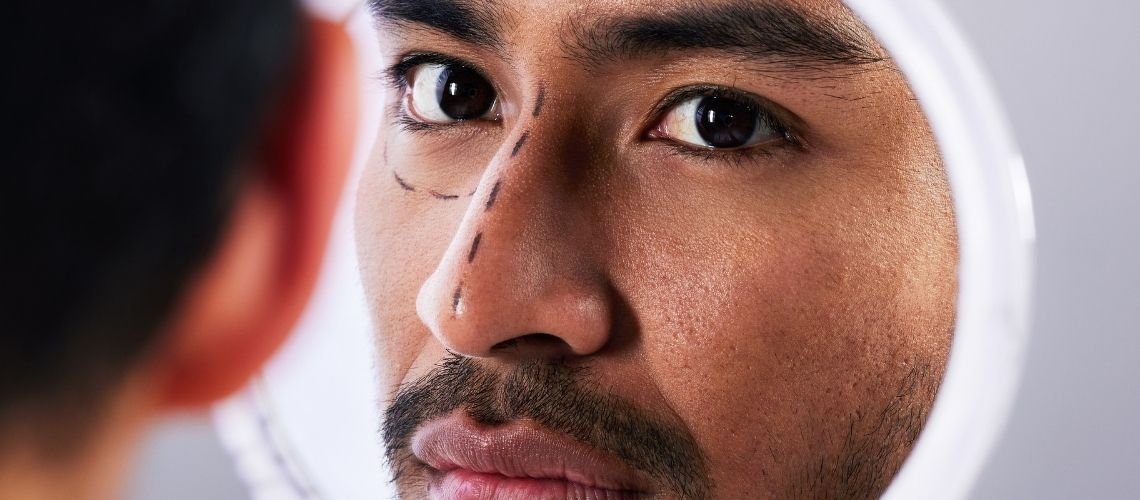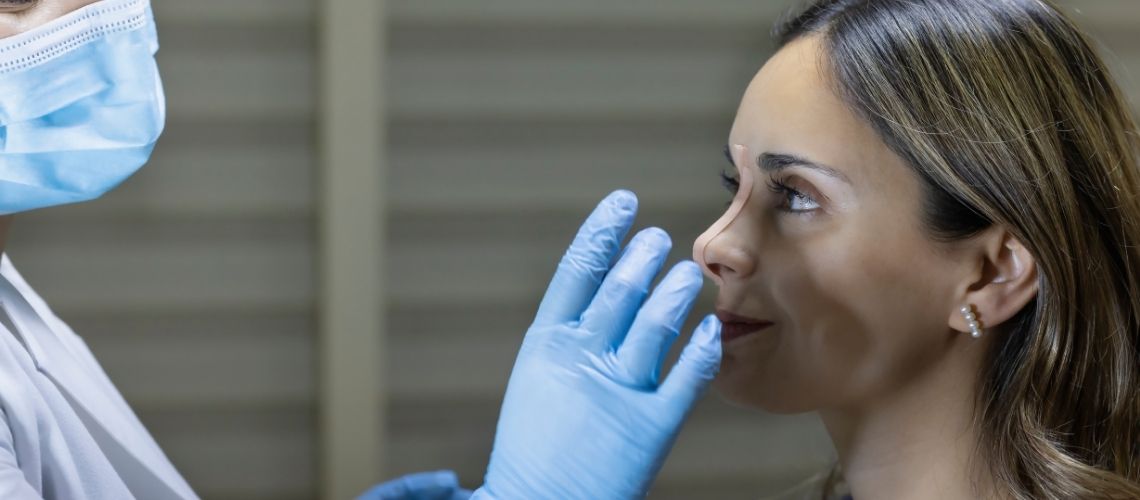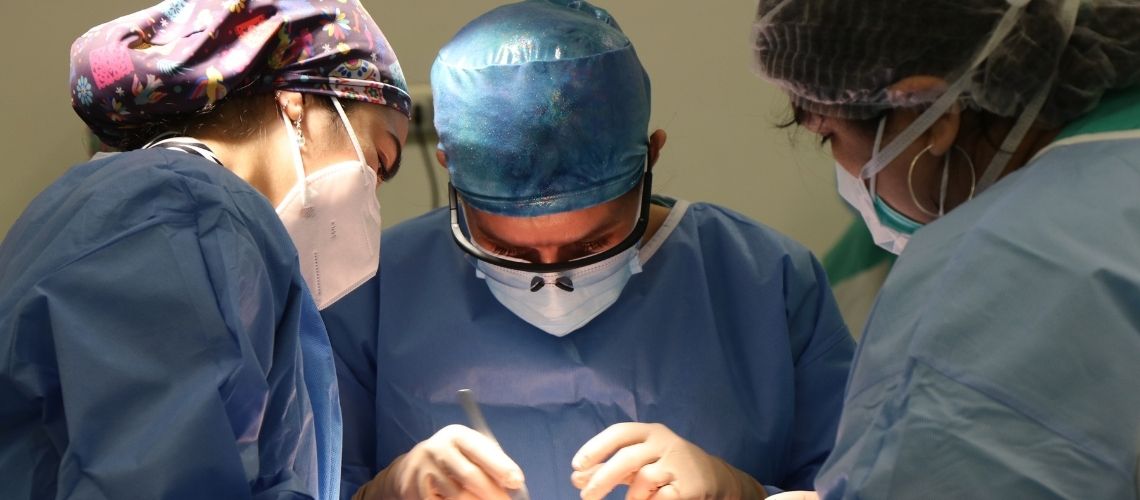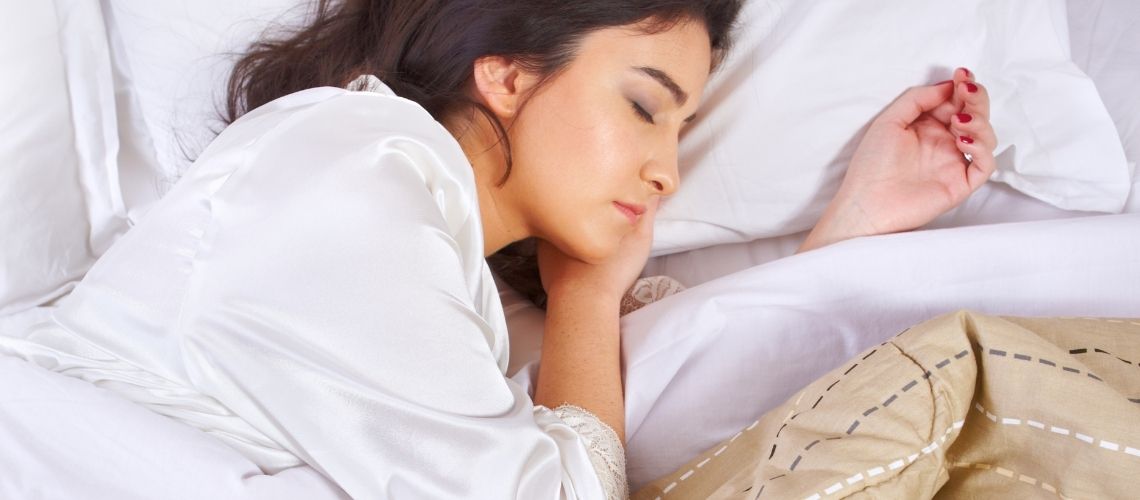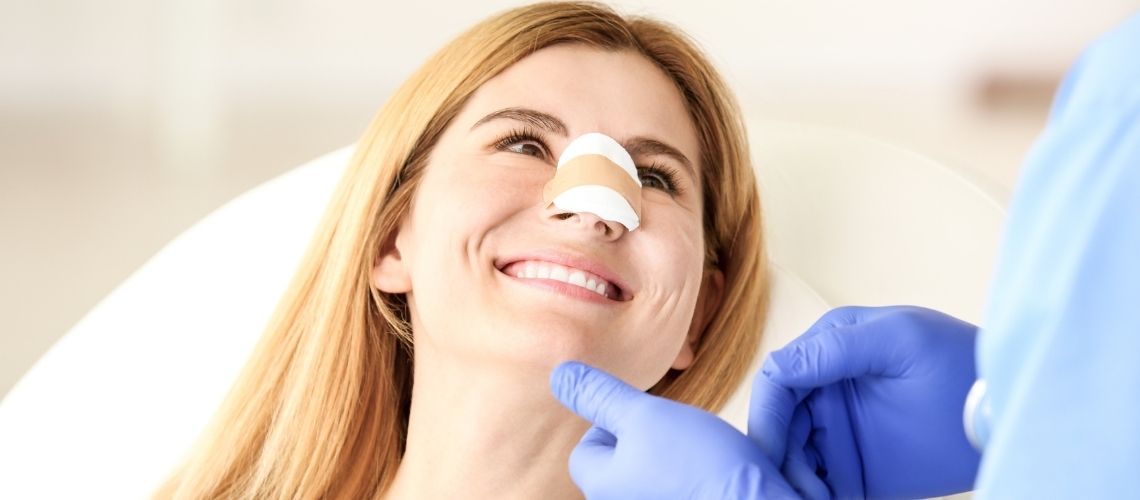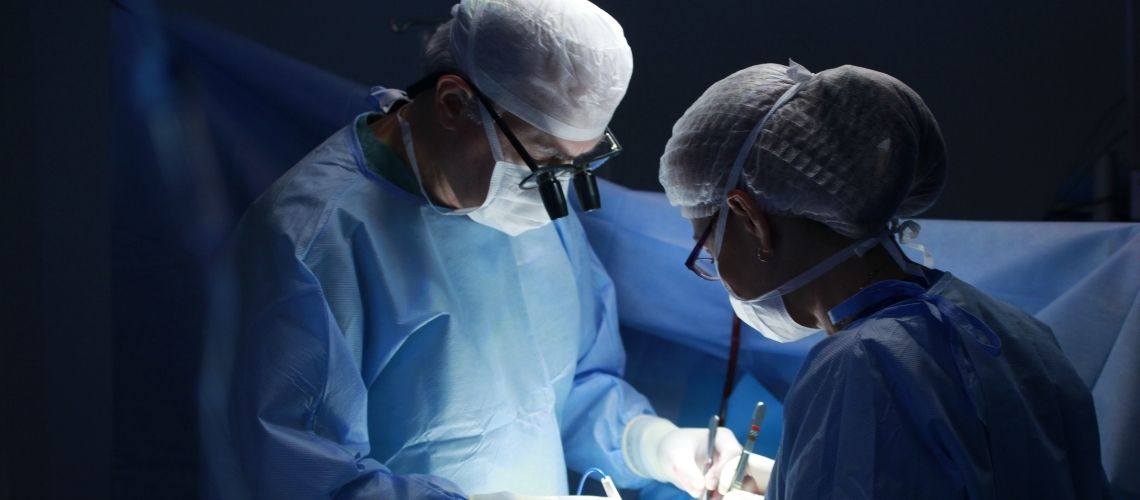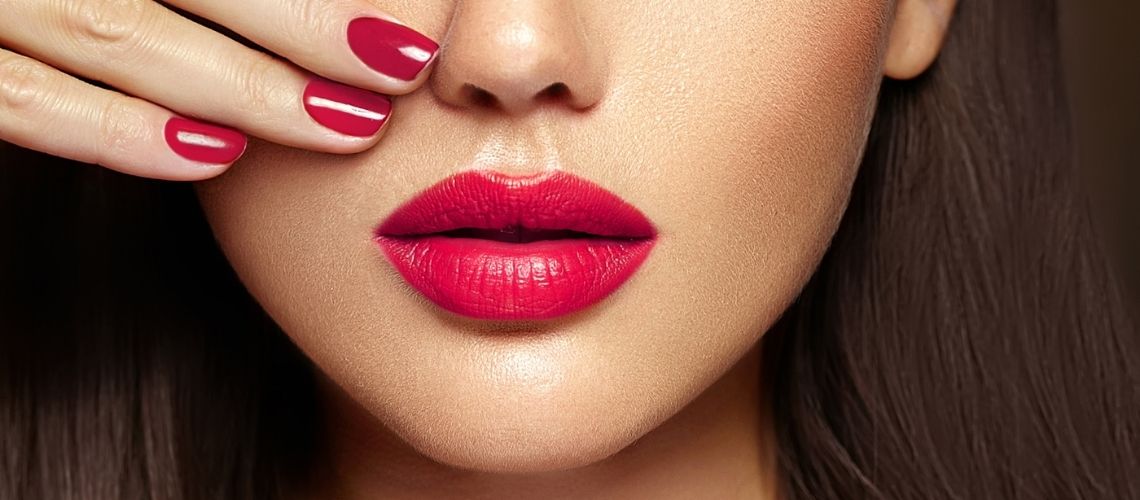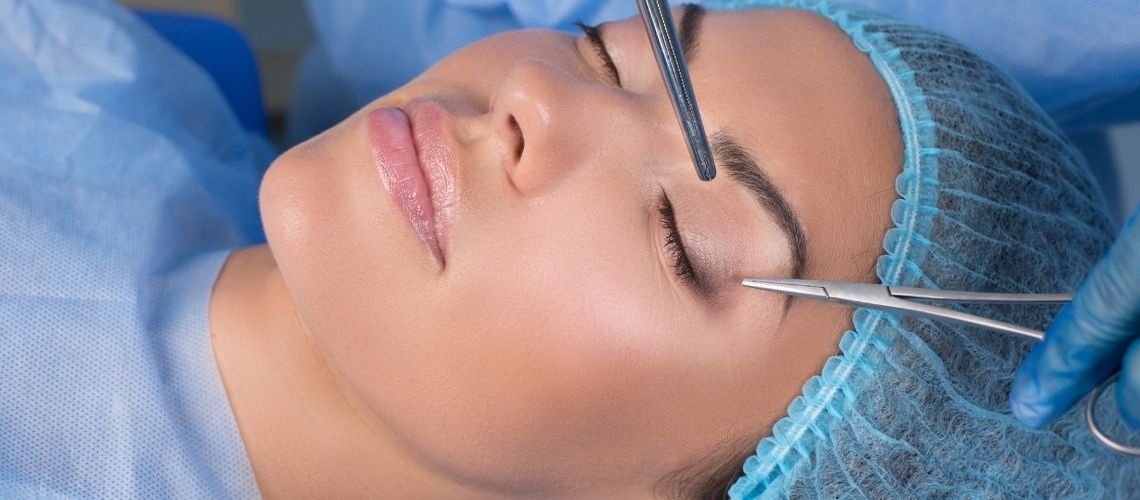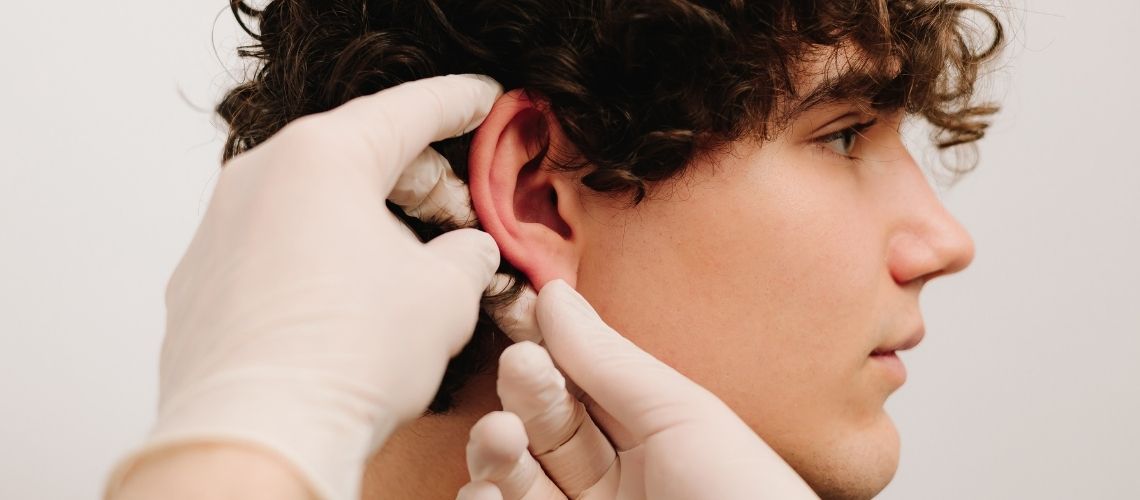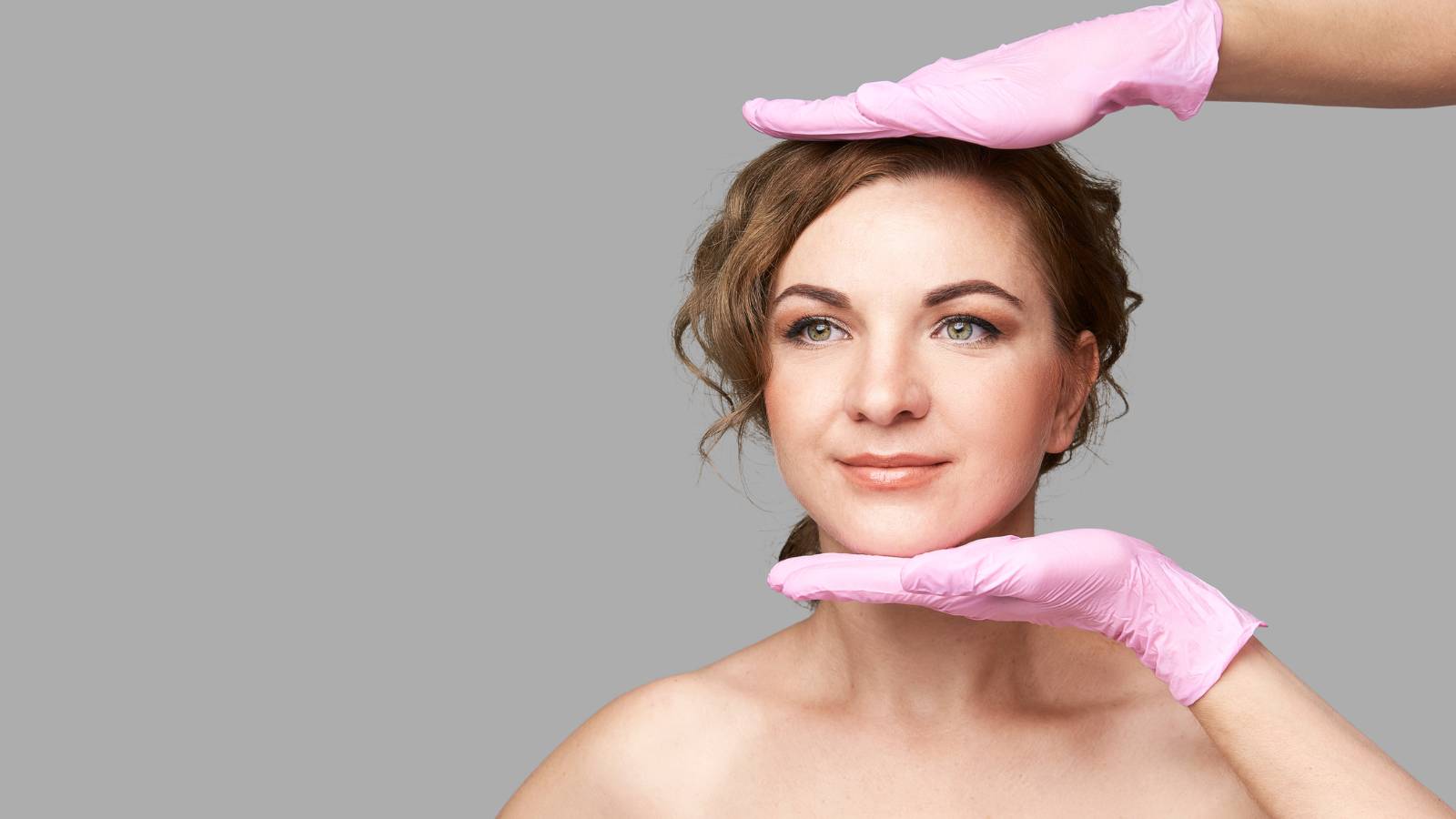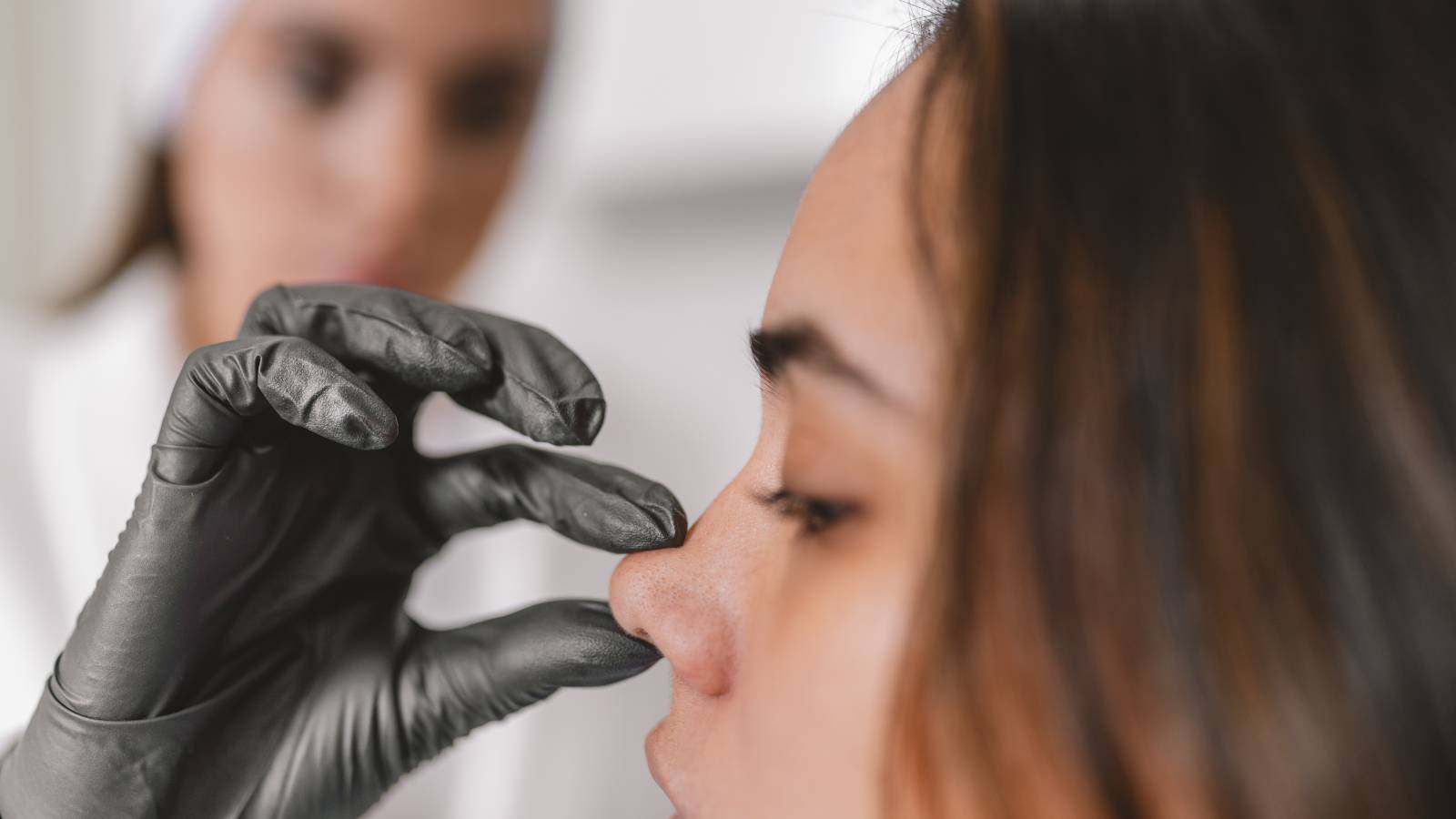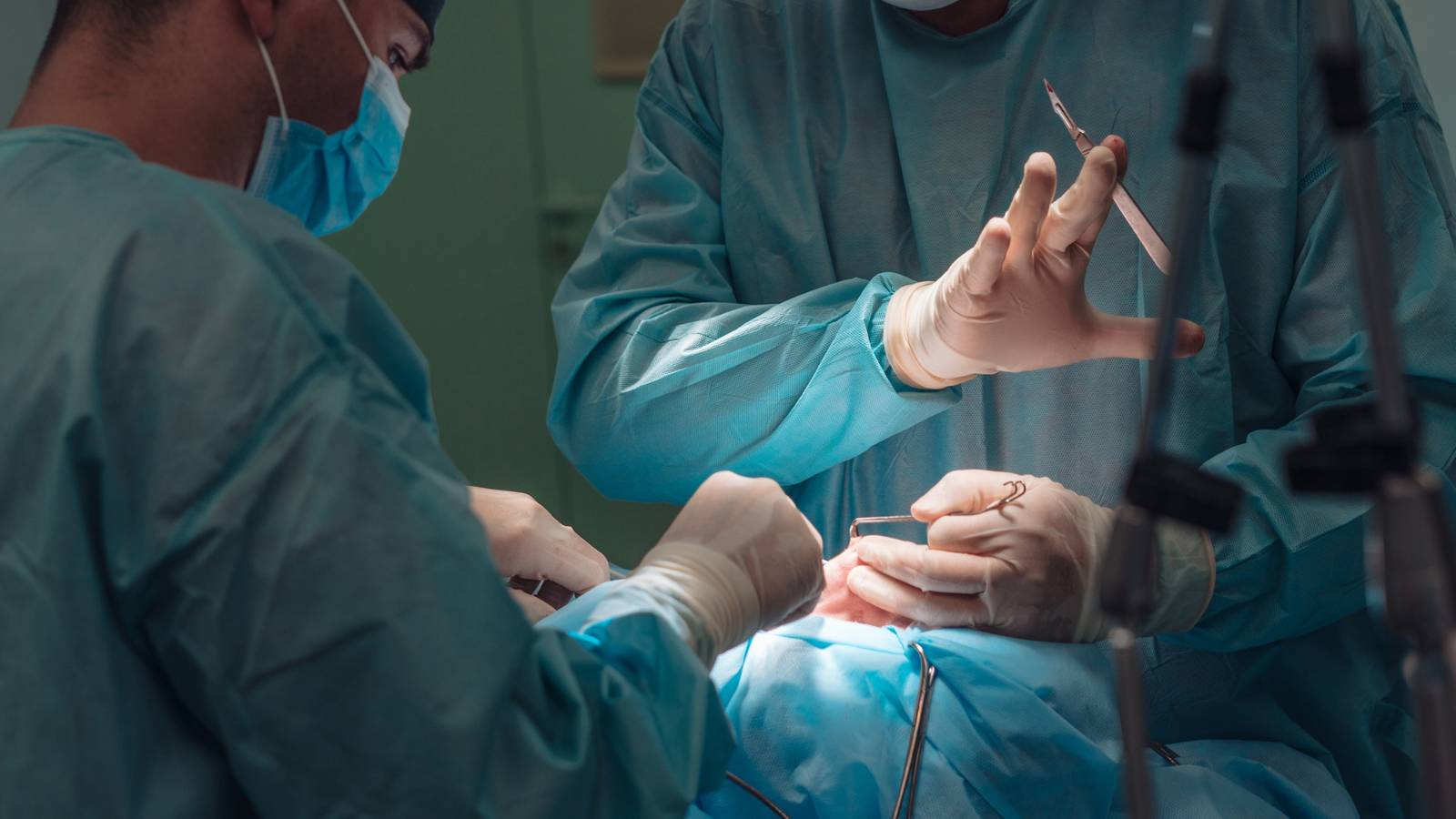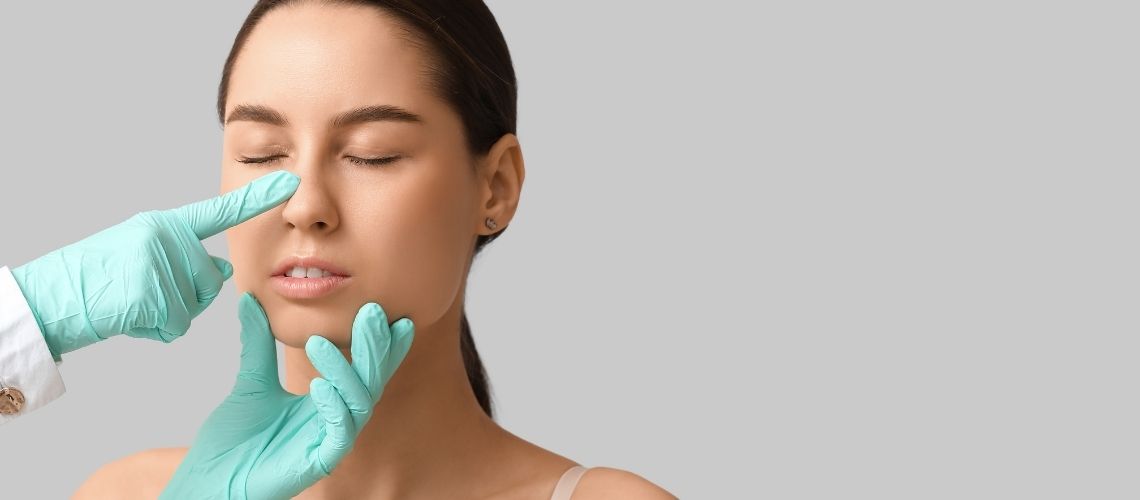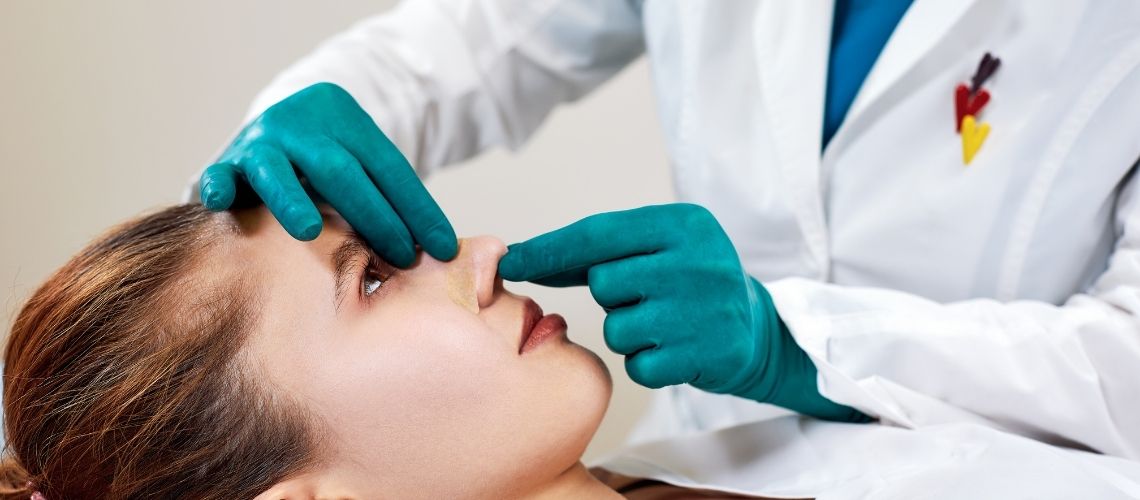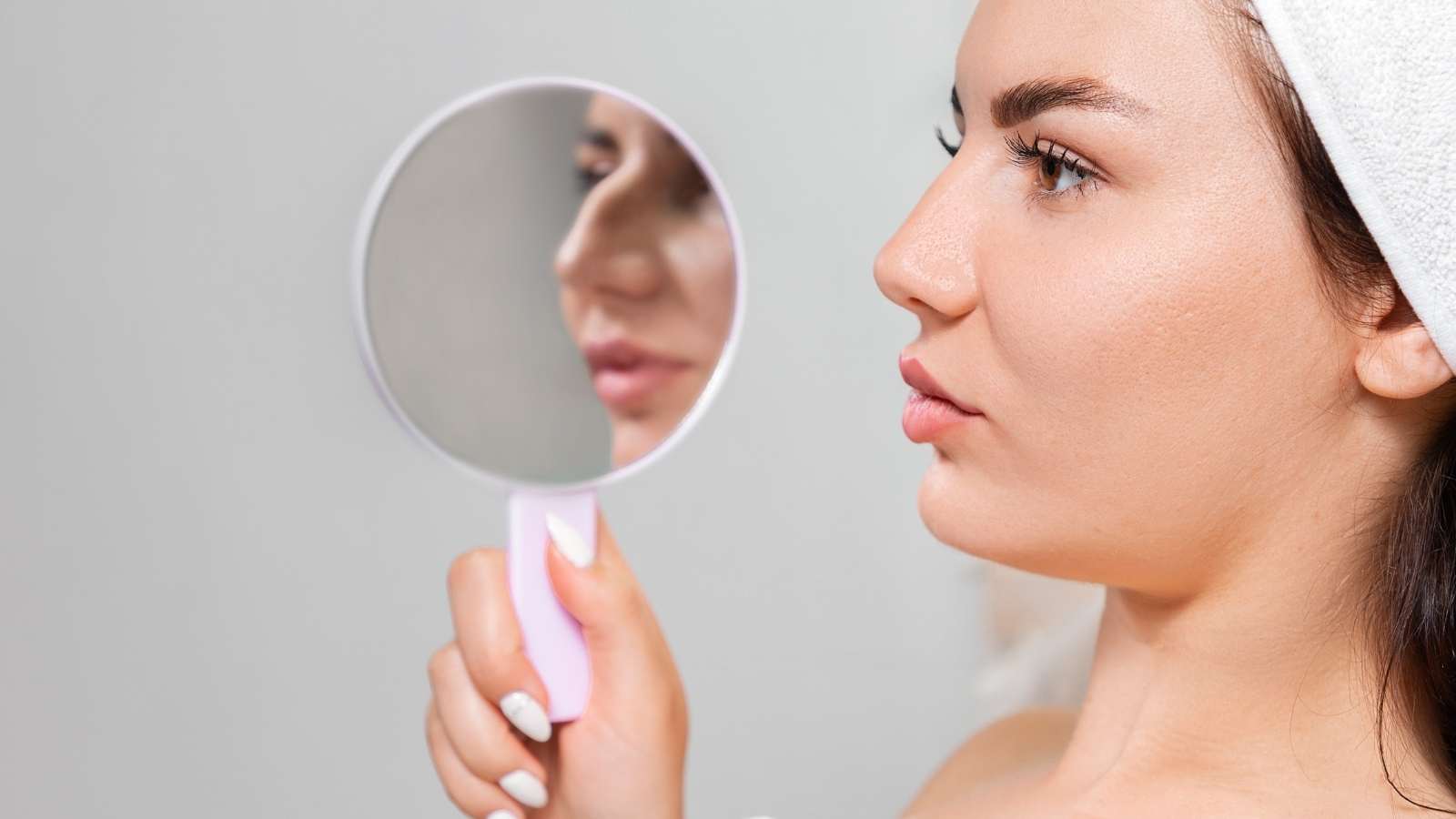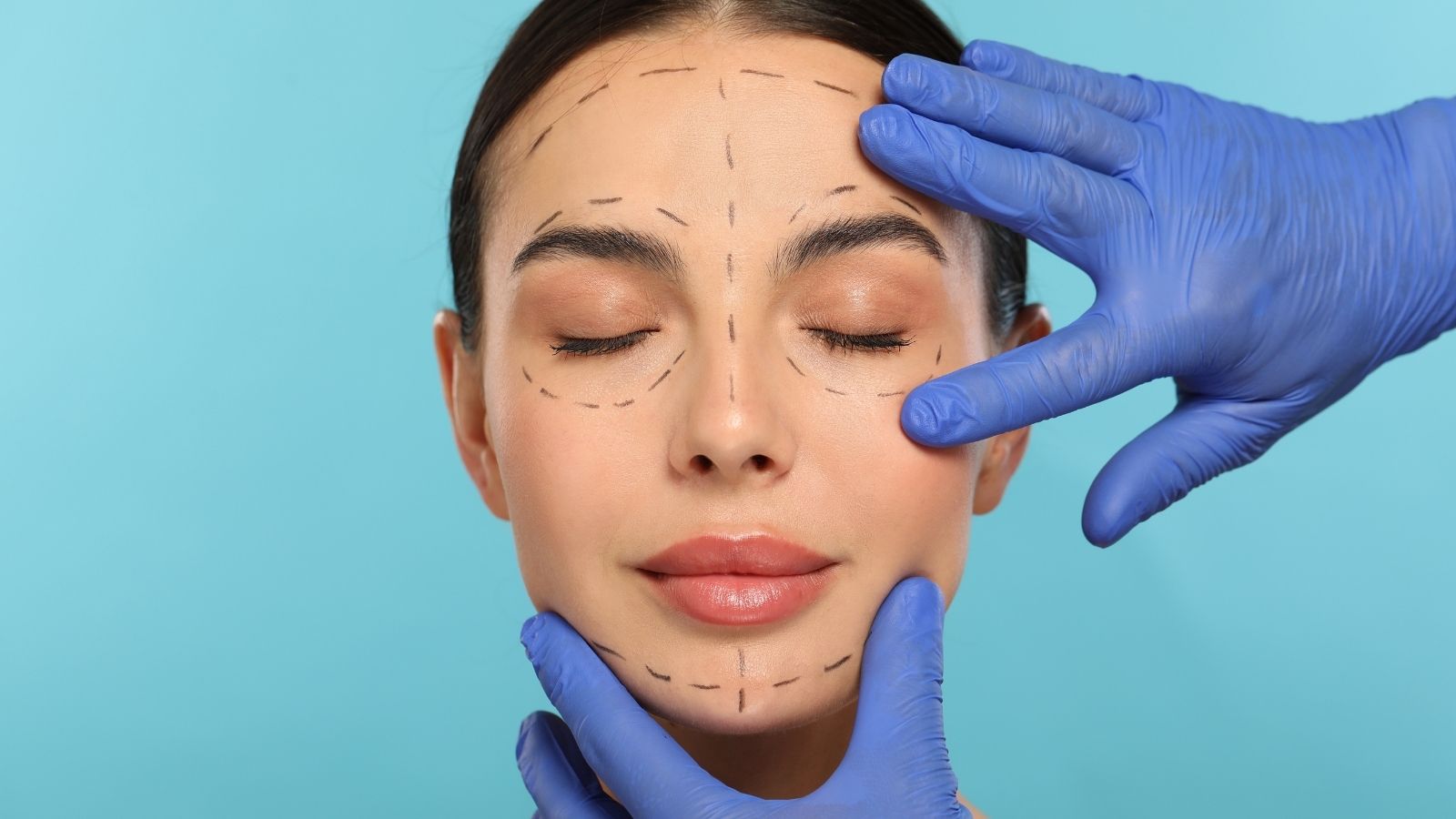
Revision Rhinoplasty in Turkey
If you’re unhappy with the results of a previous nose surgery, Dr. Alev Camcıoğlu offers Revision Rhinoplasty in Turkey to help you achieve your desired outcome. Revision procedures require a high level of expertise, and our clinic is equipped to handle these complex cases with care and precision, restoring both appearance and confidence.
Cost of Revision Rhinoplasty in Istanbul, Turkey ranges between €5,000– €7,000 in 2025 depending on hospital, package, and anatomy of your nose. Check our prices, before & after photos, and patient results from the USA, UK, Canada, Australia, and the rest of the world.

What Proportion of International Medical Tourists in Turkey Choose Revision Rhinoplasty?
Turkey has become a global hub for medical tourism particularly in cosmetic surgery. Rhinoplasty is one of the most frequently performed procedures drawing patients from across the world due to Turkey’s reputation for skilled surgeons and affordable pricing. In 2022 over 56,000 rhinoplasty procedures were performed in the country reflecting its prominence in this field. However specific data regarding the proportion of international patients seeking revision rhinoplasty remains limited.
Revision rhinoplasty a procedure designed to address issues arising from a previous nose surgery is more complex than primary rhinoplasty. It requires advanced surgical skills to manage challenges such as scar tissue altered nasal anatomy and functional complications. Globally revision rates for rhinoplasty are reported between 5% and 15% suggesting a significant number of patients might eventually require secondary intervention. In Turkey anecdotal evidence indicates a growing number of international patients seeking revision rhinoplasty drawn by the expertise of Turkish surgeons and competitive costs.
Affordability is a major factor driving medical tourism in Turkey. Revision rhinoplasty costs are in Turkey significantly lower than in Western countries where similar procedures may cost double or triple. For international patients this combination of affordability quality and expertise makes Turkey an appealing destination. While exact statistics on revision rhinoplasty demand among medical tourists remain elusive Turkey’s robust reputation in cosmetic surgery strongly suggests it is a preferred choice for those requiring secondary procedures.
Transform into the New You!
How Does the Success Rate of Revision Rhinoplasty in Turkey Compare to Global Averages?
Revision rhinoplasty is a complex procedure requiring advanced surgical skill as it addresses challenges like altered nasal anatomy and scar tissue from prior surgery. Globally the average success rate for revision rhinoplasty is approximately 80% with patient satisfaction typically ranging between 70% and 80%. These figures can vary significantly depending on the surgeon’s expertise the complexity of the case and patient-specific factors such as scar tissue skin thickness and healing capacity.
Turkey has gained international recognition as a leading destination for medical tourism particularly for rhinoplasty procedures. Clinics in Turkey frequently report success rates as high as 96% with patient satisfaction levels around 93%. These impressive outcomes are often attributed to Turkey’s emphasis on specialized surgical training high patient volumes allowing surgeons to gain extensive experience and access to advanced medical technologies. Many clinics also provide personalized care plans and rigorous pre- post-operative protocols further enhancing outcomes.
The higher success rates in Turkey may reflect the country’s focus on delivering tailored high-quality care by skilled professionals. However individual results depend on numerous factors. The surgeon’s expertise the timing of the revision (ideally after full healing from the initial procedure often about a year) and strict adherence to post-operative care instructions are critical to achieving favorable results.
How Much Does a Revision Rhinoplasty in Turkey in 2025 ?
The cost of a Revision Rhinoplasty in Istanbul, Turkey, typically ranges between €5,000 and €7,000. The price can vary depending on several factors, such as the surgeon's experience, the complexity of the procedure, the clinic's reputation, and additional services included in the package.
| Average Revision Rhinoplasty Cost (in Euros) in 2025 | |
| United Kingdom | €16,600 – €19,000 |
| United States | €14,200 – €23,400 |
| Canada | €16,000 – €19,000 |
| Australia | €23,800 – €37,800 |
| South Korea | €9,400 – €17,200 |
| Ireland | €13,000 – €15,000 |
| Germany | €11,000 – €13,000 |
| Netherlands | €11,000 – €13,000 |
| France | €11,000 – €13,000 |
| Turkey | €5,000– €7,000 |
Frequently Asked Questions
The difficulty of nose revision surgery is generally higher for the surgeon. For patients, this surgery is usually not more difficult than the first surgery. However, if there is not enough cartilage tissue in the nose, tissue may need to be taken from the ear or rib. This creates a second wound area for the patient, making the recovery process a bit more complex.
A revision procedure is usually waited for a year after nose surgery. During this period, the tissues complete their healing and maturation. Therefore, revisions performed before a year carry more risks due to the tissues not being fully healed. Additionally, factors such as tissue stiffness and adhesion can cause problems in early intervention. Therefore, it is ideal to wait a year for a revision.
Revision rhinoplasty surgeries involve corrections made after the previous nose aesthetic operation. These surgeries are usually performed to respond to the patient’s unique aesthetic demands. Therefore, these interventions are generally paid for by the patient. Especially these surgical interventions are shaped according to the patient’s expectations, making the cost of revision surgery inevitable. Patients should check whether their private health insurances cover these costs.
Although revision rhinoplasty is usually more complex than the first surgery, it does not carry great risks when performed by an experienced surgeon. Complications encountered in the first rhinoplasty operation can also be seen in this intervention. These include swelling and bruising around the nose and eyes. However, these complications can quickly heal when managed according to the doctor’s recommendations. In unexpected situations, such as excessive bleeding, swelling, or bruising, the patient should immediately inform their doctor.
Nose drooping after revision rhinoplasty can occur during the surgical intervention. Especially removing too much cartilage tissue can lead to this problem. Therefore, choosing an experienced surgeon for nose aesthetic operations is important. Additionally, similar problems may arise as a result of changing the natural structure of the nose. These complications are usually due to surgical errors. The success of nose surgeries largely depends on the surgeon’s competence.
There should be at least six months between two nose surgeries. During this period, the tissues heal and mature. Early second rhinoplasty reduces the chances of success. Especially in cases requiring cartilage tissue transfer, adequate recovery time is of great importance. Corrections made shortly after the first operation can lead to undesirable results. Therefore, doctors usually do not recommend secondary rhinoplasty before six months.
A nose can be operated on three times. Each additional surgery after the first may be more risky. Moreover, repeated operations become more complex as previous interventions create scar tissue and structural changes that complicate the procedure. In addition, the success rate of each new operation depends on the surgeon’s experience and the techniques applied. Therefore, choosing an experienced surgeon is crucial for multiple nose surgeries. Repeated operations require comprehensive evaluation and careful planning.
Nose revision surgery is performed with closed or open techniques depending on the characteristics of the case. The open technique is generally preferred when large structural changes are needed. This method allows the surgeon direct access to the nasal skeleton. On the other hand, the closed technique is suitable for minor corrections. The closed technique involves incisions in the internal walls of the nose and does not leave external scars. When evaluating the advantages and disadvantages of both methods, the surgeon’s preference and the patient’s condition are determining factors.
Revision nose aesthetics are usually necessary for several reasons. Deformities occurring after the first surgery are the most common reasons for revision. Additionally, unmet aesthetic expectations may also direct patients to revision. Functional problems, such as breathing difficulties, that arise after a failed first operation, also increase the need for revision. Sometimes patients may want revision for minor corrections. However, significant deformities require major revision. Therefore, patient dissatisfaction and functional problems are the main indications for revision surgery.
The prices of revision nose aesthetics surgeries vary based on several factors. Firstly, each patient’s condition is different, so costs are determined individually. Additionally, these surgeries require a high level of experience, so the choice of doctor is an important factor in pricing. The selected hospital also affects the price; each hospital demands different fees based on the quality of the service provided. Therefore, the cost of revision nose aesthetics surgery is shaped based on these three main factors.
The use of grafts is often necessary in revision rhinoplasty. The insufficiency of the nasal septal cartilage due to previous surgeries creates this need. Ear cartilage or rib cartilage is usually preferred. This situation may extend the duration of the surgery. Therefore, the use of grafts is an important factor for achieving a successful result. The need for grafts may vary for each patient and depends on the surgeon’s evaluation.
One of the Best Clinic Team for Revision Rhinoplasty in Turkey
Dr. Alev Camcıoğlu is considered to be one of the best Revision Rhinoplasty surgeon in Turkey. You can check Revision Rhinoplasty reviews here.
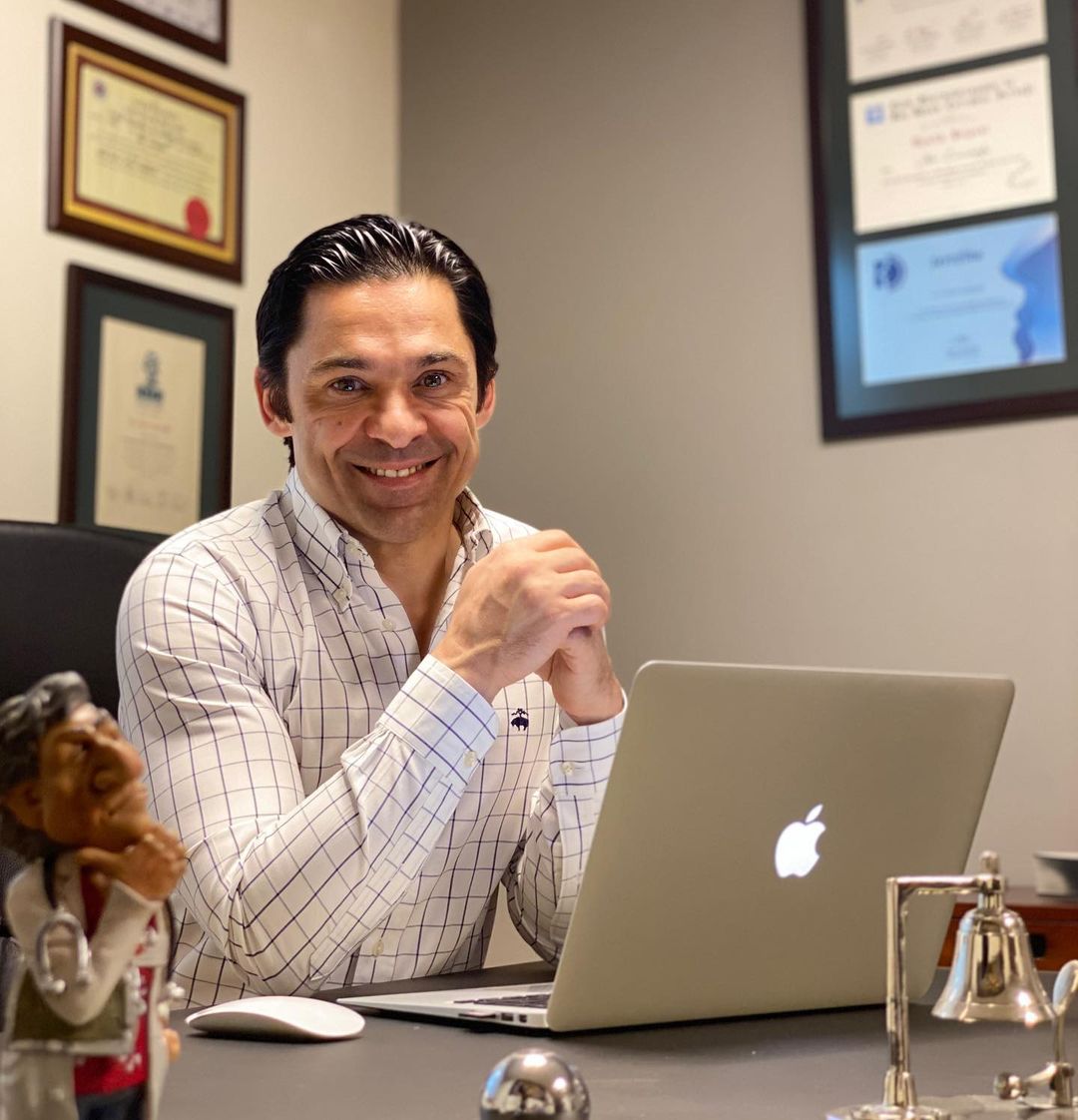
Op. Dr. Alev Camcıoğlu
Rhinoplasty Surgeon
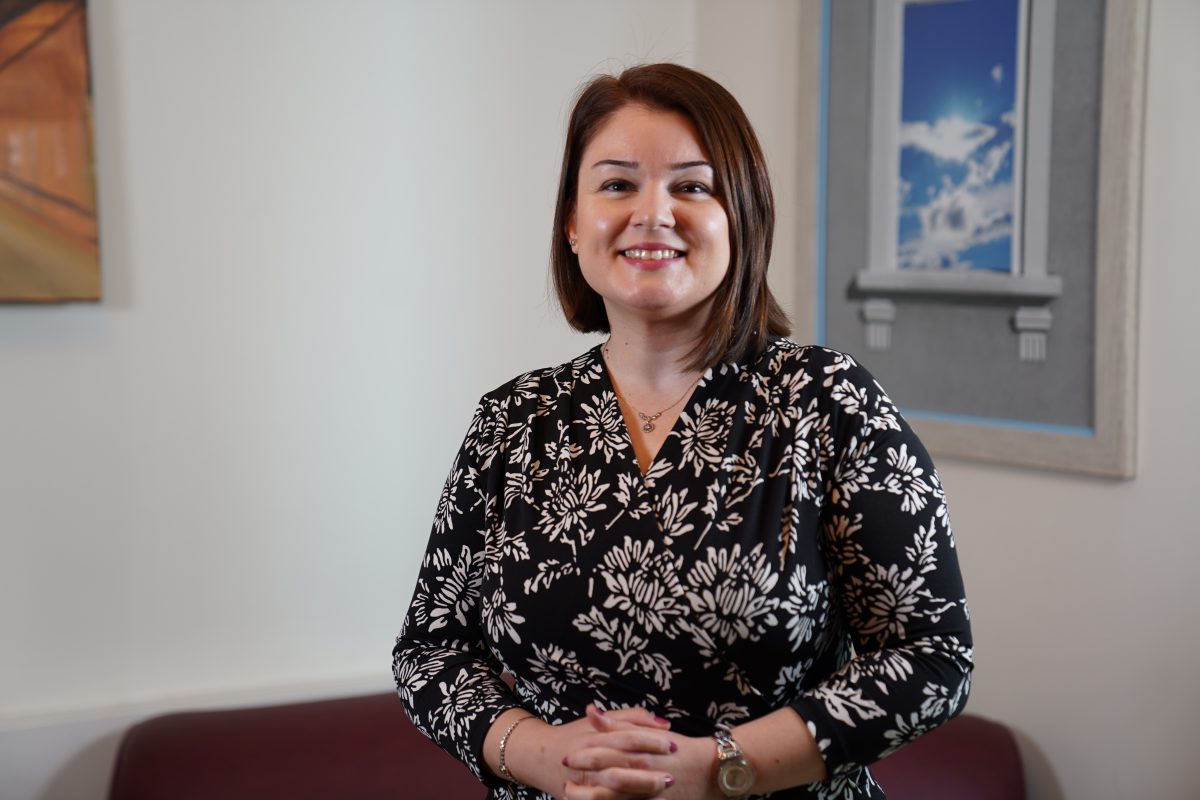
Aylin Uyuşmak
Clinical Coordinator
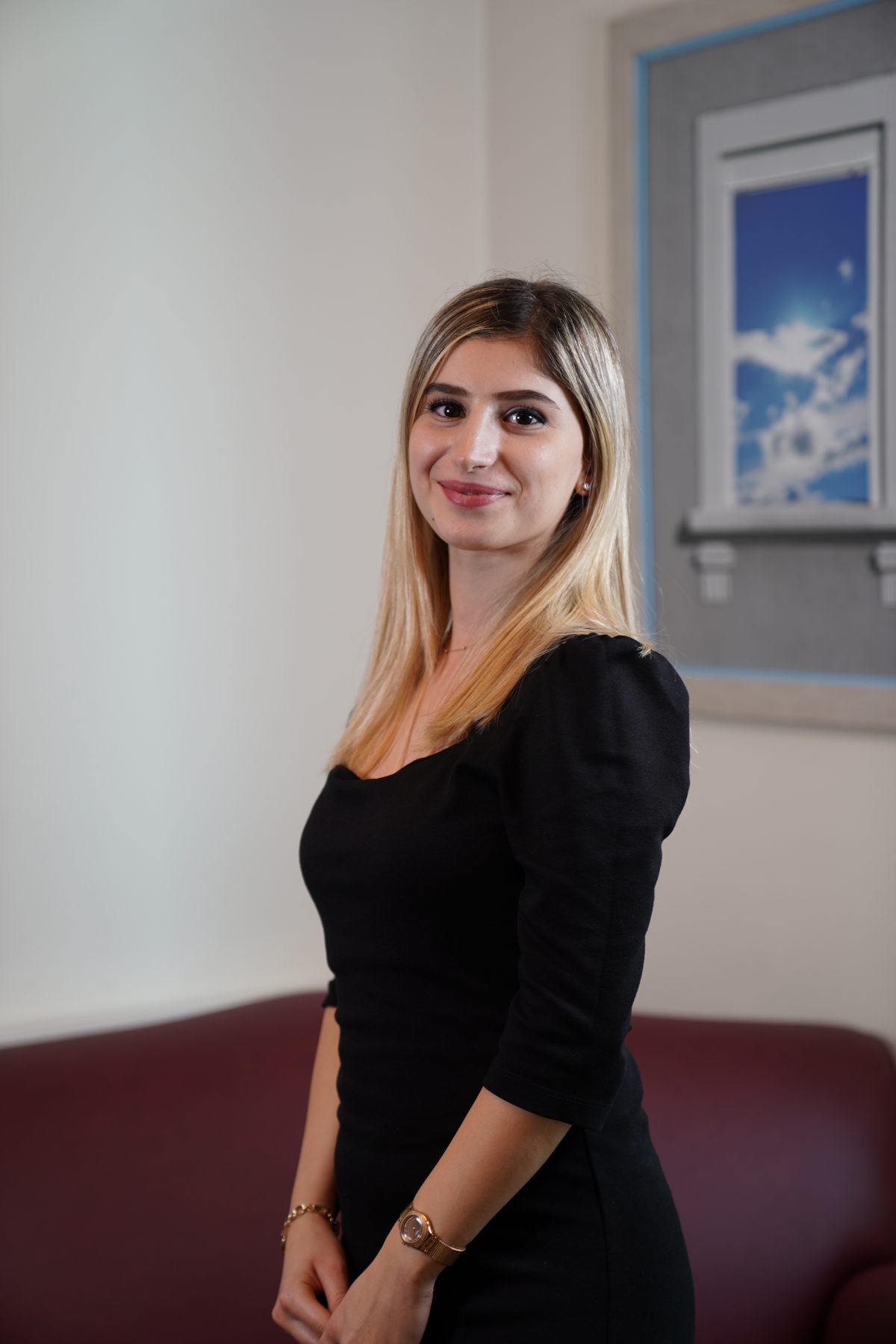
Serra Sevgili
Clinical Assistant
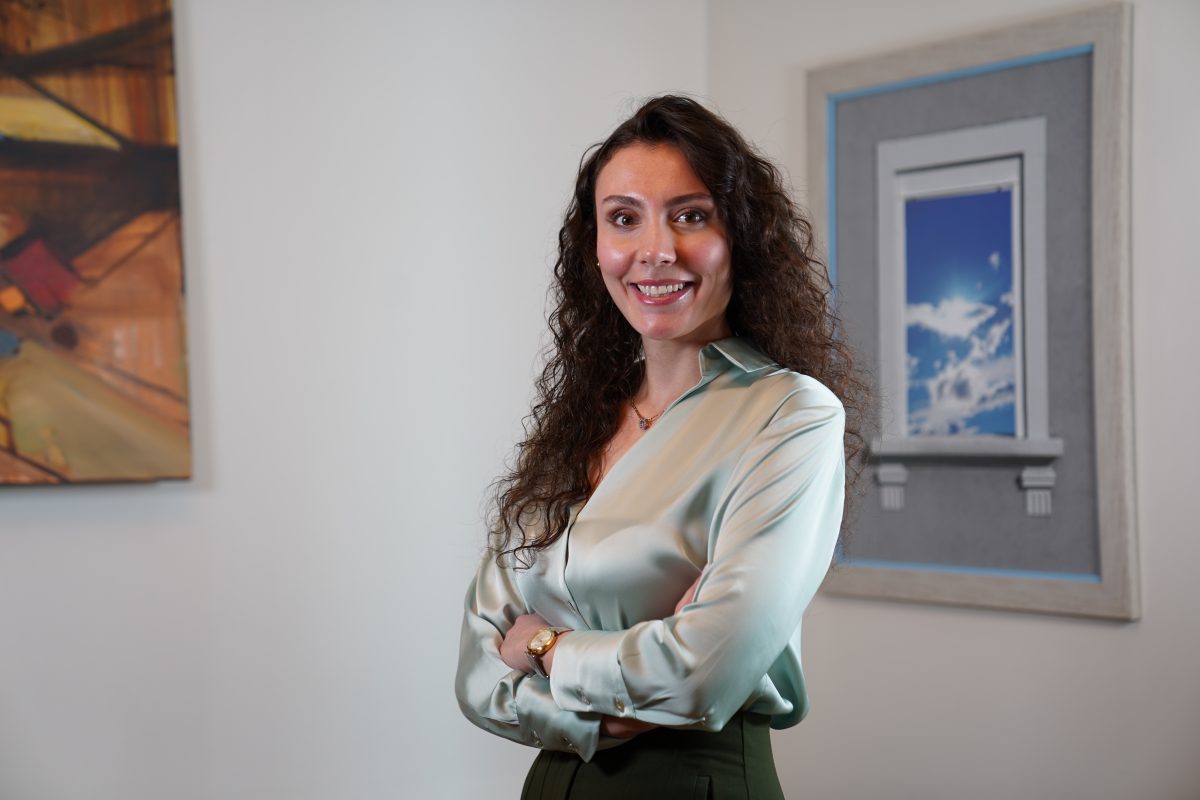
Sema Yapıcı
Operating Room Nurse
